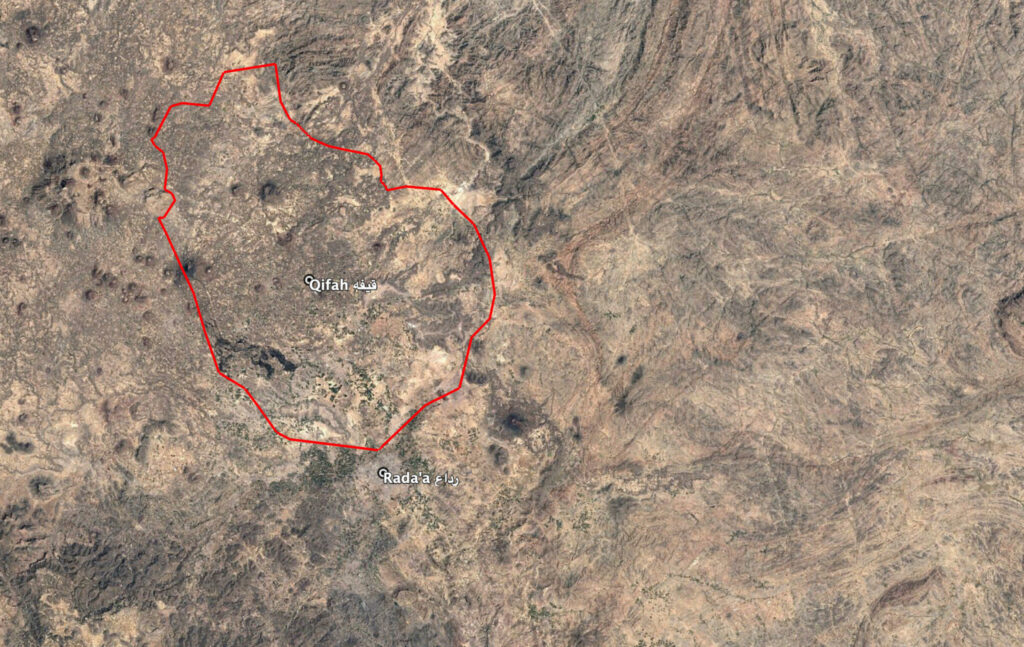Incident Code
Incident Date
Location
Geolocation
Geolocation
Airwars Assessment
(Previous Incident Code: YEM299)
At least two alleged AQAP militants were reportedly killed by at least one US drone strike in Qifah, Bayda governorate, late on January 2nd-3rd 2018. Others suggested that a strike had killed two pro-government militia members and wounded others. There were no known associated reports of civilian harm.
One source, @demolinari, indicated that a US drone had launched two strikes in Qifah overnight from January 2nd to January 3rd, killing three “suspected AQAP militants”, all reportedly from Lawdar city, in Abyan. No other sources indicated that two strikes had taken place. According to this source, pro-AQAP channels published laments for militants Jarrah Al-Salmi and Abu Mohammed Al-Ibbi, also known as Safwan Al-Boani, and indicated that they were killed on January 2nd.
Some local-language social media sources, including @waelakram4, @AdenNowNews and @abu__sanad, also reported that an AQAP statement had said that two militants, named as Ahmed Abdullah Al-Qaheeh Al-Dian Al-Awlaki and Abdullah Ali Riqab Al-Dian Al-Awlaki, were killed by a strike in Qifah on January 2nd. It was unclear if those named were the same as the two alleged militants mentioned above.
Some sources further suggested that a US strike had killed two members of the pro-Hadi “resistance”, though it was unclear if this precluded AQAP membership. Social media sources @yemenat and @alraya_n, among others, specified that two members of the “resistance” had been killed by a US drone strike. AQAP members have sometimes reportedly fought alongside tribal militias against Houthi forces, leading to complex relationships between these groups and AQAP.
Yemen Now suggested that, according to local sources, “others” from the “resistance” were wounded in the strike, leading Airwars to assess a minimum of two belligerents reportedly injured. Given that four named fatalities were given by sources, the maximum number of reported belligerent deaths has been set at four.
One source, @MaxSecurityLTD, indicated on January 3rd that a strike had taken place in Dhi Kalb, in Qifah, though it is possible that this refers to an earlier strike on January 1st 2018.
In an email to Long War Journal, a US Central Command spokesperson confirmed that a strike took place against AQAP in Bayda on January 3rd. Since there were no known reports of other strikes in Bayda at that time, and given that the strike reportedly took place at night, this event is treated as declared.
Key Information
Geolocation Notes
Reports on the incident mention the area of Qifah (قيفه), north of Rada’a (رداع) town, for which the generic coordinates are: 14.449335, 44.817596. Due to limited satellite imagery and information available to Airwars, we were unable to verify the location further.

Reports on the incident mention the area of Qifah (قيفه), north of Rada’a (رداع) town, for which the generic coordinates are: 14.449335, 44.817596. Due to limited satellite imagery and information available to Airwars, we were unable to verify the location further.
Imagery: Google Earth
